The product adoption curve: A framework for strong product positioning

.png)

.png)
While Slack is pretty commonplace today, it wasn't always a widespread workplace tool. Back in Slack's startup days, only a few businesses adopted the platform just to try something new. Fast-forward to today, and plenty of companies signed up for the platform simply because they were forced to conduct business remotely. For every company that decided to use Slack, the decision to do so was most likely driven by how the product was positioned.
Users adopt products at different times for different reasons. The driving force behind the decision to purchase something new is strong product positioning that’s informed by the product adoption curve.
The product adoption curve is a model that illustrates how and when different types of users adopt your product.
It’s inspired by a theory developed by social scientist Everett M. Rogers’ in his book Diffusion of Innovations. Rogers’ theory explains that the adoption rate of new technology and ideas is based on the particular characteristics of certain groups of people.
Everyone along the curve will fall into one of five categories based on where in the technology adoption lifecycle they choose to try something and why they decide to try it.
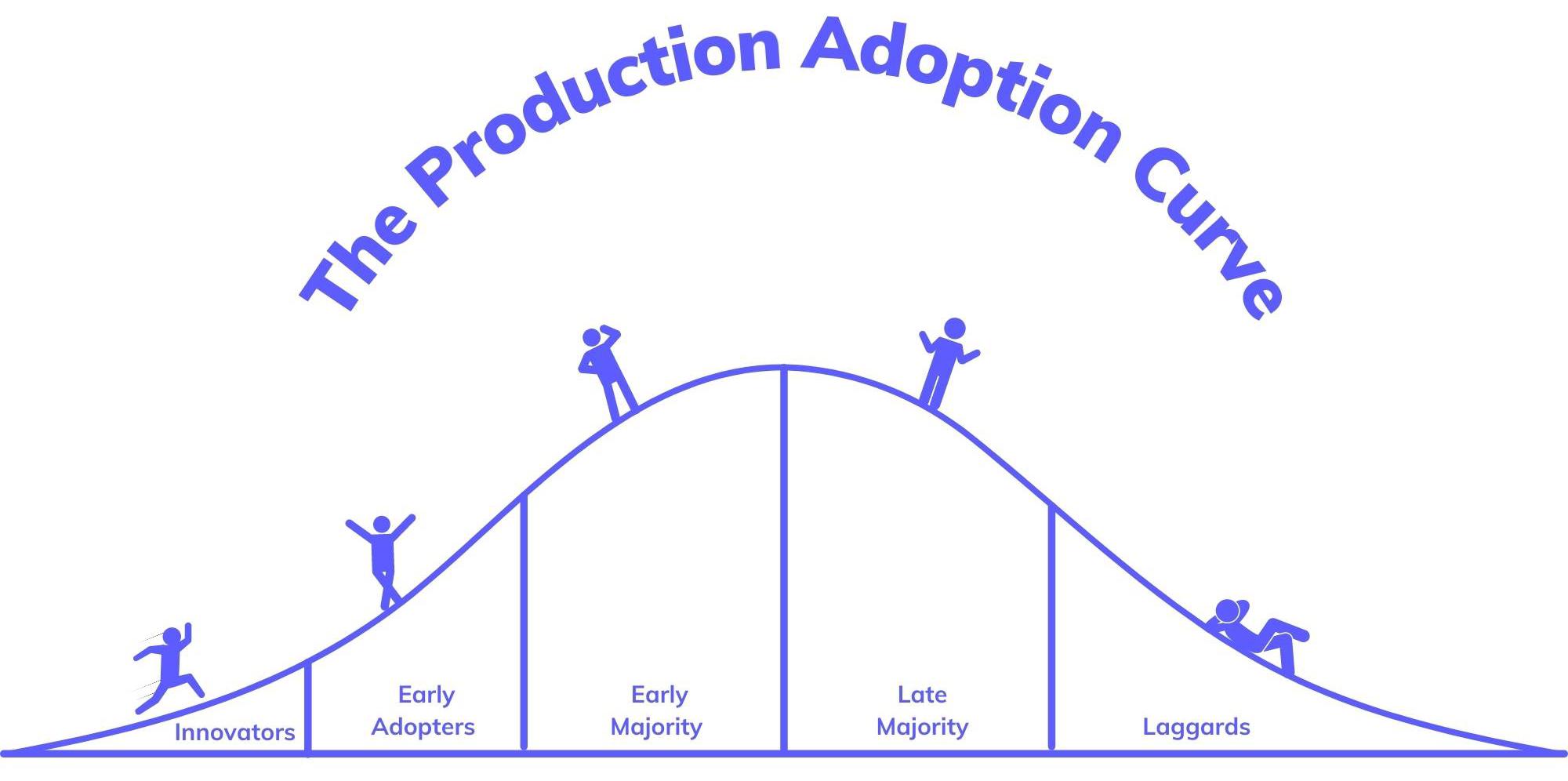
To improve your product positioning strategy and convince people to buy your product, you need to understand how consumers think during each phase of the product adoption curve.
First in line and hoping for immediate access to beta test the latest products are the innovators. Most people in this category are SaaS superfans who want to try out new innovations before everyone else.
Most users in this group aren’t looking for a solution to any problem in particular. They just want to be in the know and explore what’s new. Because they’re trying your product out of curiosity, they’re most likely unwilling to pay premium prices for your product.
Innovators are the smallest group in the production adoption curve. But keep in mind: Though they be but little, they are fierce. Innovators are ready to dive in headfirst, experiment with a new product, and report back on their experiences with it—good or bad.
This group of adopters is your product’s first round of beta testers, so they aren’t expecting flawless products. In fact, as the biggest risk-takers among all of the adopters, innovators aren’t turned off by technical issues at all.
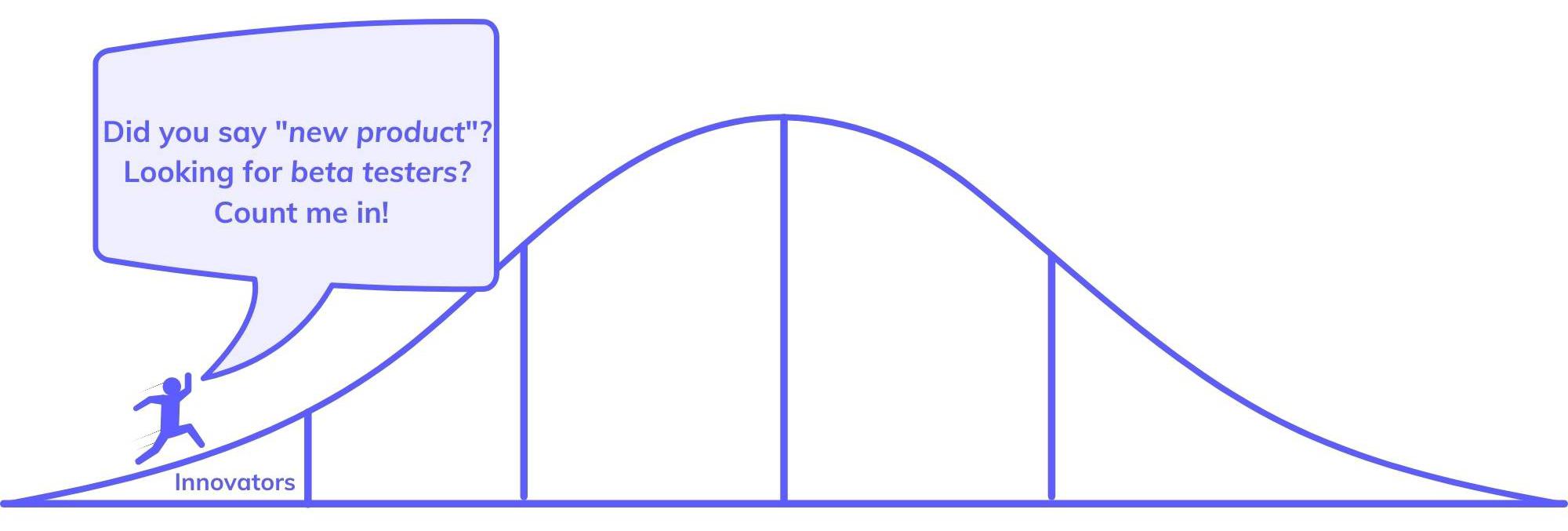
When positioning your product for the innovators, your pre-launch messaging should signal that the people who beta test your product are getting first access to game-changing technology and features. Demonstrate your product’s initial exclusivity by making access invitation-only.

Take advantage of innovators’ love for trailblazing by getting some feedback. Use in-app surveys to collect their suggestions and tell them that their insights will be used for further product development.
Similar to innovators, the early-adopter group is all about trying out new products. But early adopters are a tad more risk-averse than innovators—they want to read reviews before committing to adding anything to their tech stack.
Most of your product’s early adopters have a direct need for your product. It doesn’t take much to convince them that a change in an outdated or even current system is beneficial.
Because early adopters want to use new products, they’re often open to paying a premium price. Although price is rarely a barrier in the adoption process for early adopters, lack of personalization often is. This group expects your product to be customized around their specific needs and to deliver on its promised value fast. Early adopters are willing to tolerate some technical issues, but they’re going to need a greater level of support than the innovators.

Early adopters don’t jump on trends just because they’re curious—they’re also looking for solutions. Your messaging should help them see what new things can be achieved with your product. If your product solves a pain point in a revolutionary and novel way, this is the group that wants to learn all about it.
Shine the spotlight on the features that make your product better than their current solution. It’s also a great idea to offer the early adopters personalized support and customization to quickly showcase your product’s value.
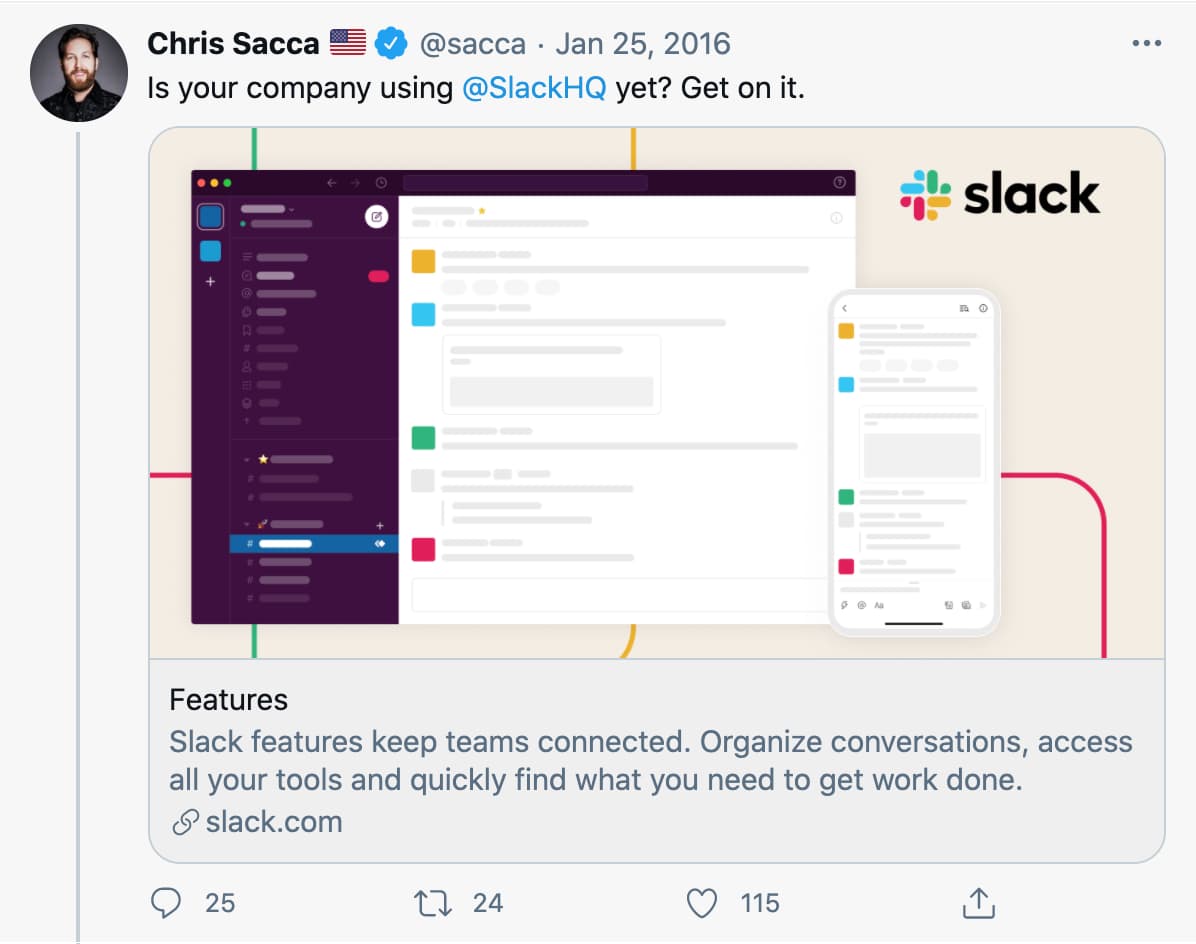
As you look ahead to phase 3 in the production adoption curve, remember that the early-adopter phase is where you can best take advantage of opinion leadership. Use testimonials from the prominent early adopters to win over potential customers in the mainstream. As the thought leaders in your industry, early adopters can often sway others’ opinions and encourage new product adoption.
As you look ahead to phase 3 in the production adoption curve, remember that the early-adopter phase is where you can best take advantage of opinion leadership. Use testimonials from the prominent early adopters to win over potential customers in the mainstream. As the thought leaders in your industry, early adopters can often sway others’ opinions and encourage new product adoption.
Although those in the early majority phase are open to innovation and readily embrace change, their primary objective is finding practical solutions to their pain points. They want a finished product that successfully meets their needs, which means they’re less tolerant of technical issues than early adopters.
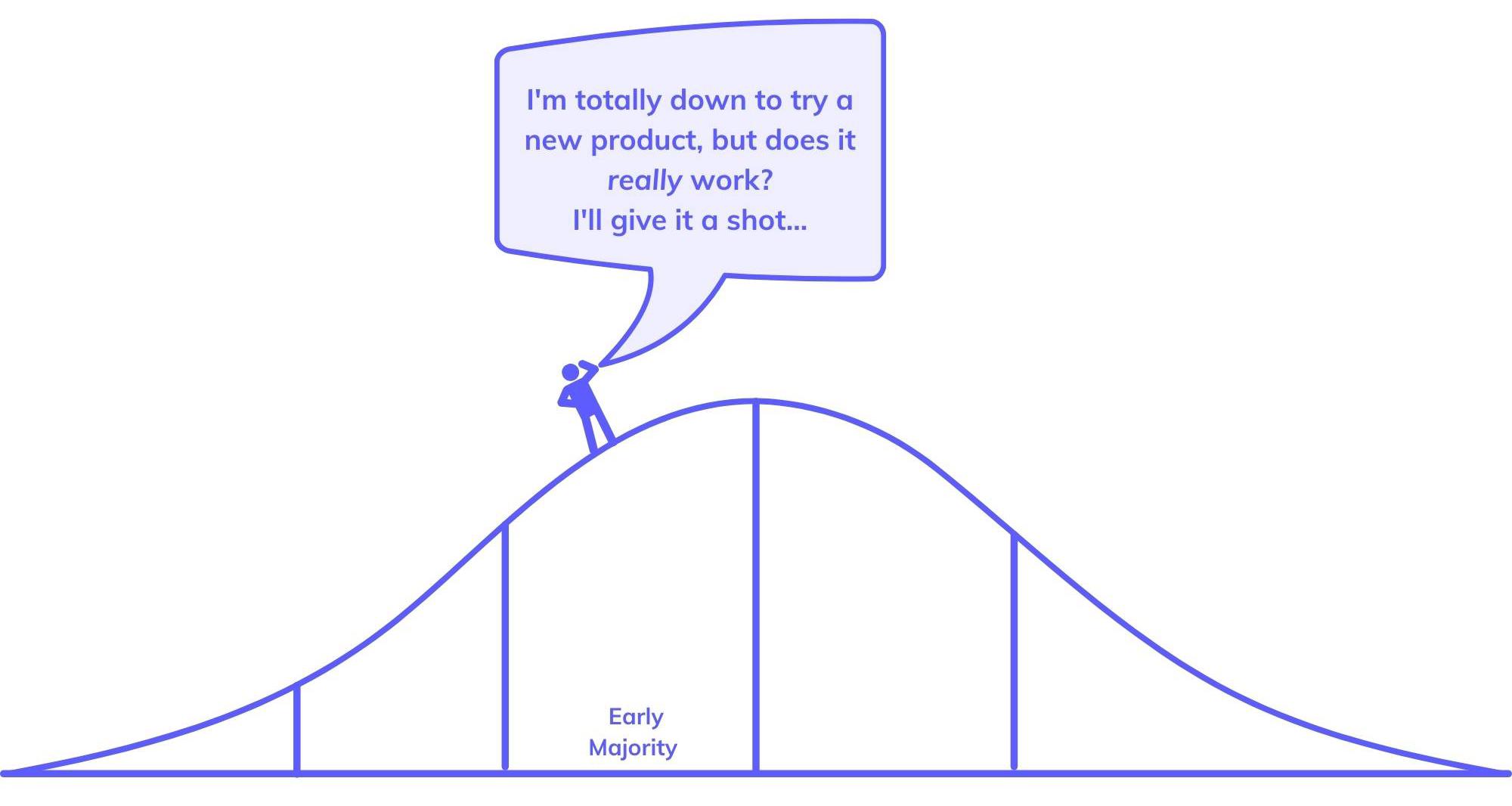
Looking at the production adoption curve, you can see that about a third of your users typically come from the early majority. Getting this significant group on board is a sign that there’s a place for your product in the market. But reaching this phase isn’t so easy.
There’s a make-it-or-break-it moment in every product lifecycle, called the chasm. Described by high-tech advisor Geoffrey Moore in his book Crossing the Chasm, this point in the product adoption curve is the great divide between the early adopters and the early majority. Businesses that cross the chasm essentially graduate from early-stage startups to large companies with mainstream success.

Why does this chasm exist? Because there’s a major disconnect in expectations between the early adopters and the early majority. It should come as no surprise that the biggest challenge to crossing the chasm boils down to product positioning. Marketing to founders who are usually visionaries is entirely different than marketing to the more practical users in the mainstream. According to Moore, “The value proposition has to switch from ‘look at all the great things that can happen’ to ‘look at all the tough problems you can solve if you’re willing to step up to the new technology.’”
One could make the case that AirPods are now at a point in their product lifecycle that’s aligned with the early-majority phase. The first generation AirPods were released in 2016 and sold for $159. Of course, the innovators and early adopters rushed to try the AirPods while everyone else waited to see if the product was worth the price. Then, in 2019, the second generation of AirPods was released, selling at a retail price identical to its predecessor.
Now, a couple of years later, AirPods have become part of the mainstream, but there are still some folks (in phase 4 of the product adoption curve) who aren’t convinced AirPods are a worthwhile investment.

With this group of pragmatists, your product positioning should zero in on why your product is the most practical solution. Having a bunch of cool features won’t impress this group of people. They want to see how your product works, and they want to feel confident that it will work for them.
Leverage case studies featuring the success stories of early adopters. Case studies are important here because the early majority needs to see that others have had success with your product.
Make sure to use the feedback you received from the innovators and early adopters to anticipate and proactively address any concerns those in the early majority may have about your product. If the innovators mention that your product may be complex to navigate for nontechnical users, make sure to design a clear, easy-to-follow user onboarding flow before your product hits the mainstream.
This group adopts a new product out of necessity, not curiosity. Most users in this stage are aware that your product exists. They’re just late to the party because they were hesitant to adopt (and spend money on) something new. The late-majority group wants to make sure a new product is thoroughly vetted by peers before trying it out for themselves.
Identical in size to the early majority, a large number of your sales will come from adopters in the late majority. In fact, the peak of the product adoption curve is right where the early and late majorities meet.
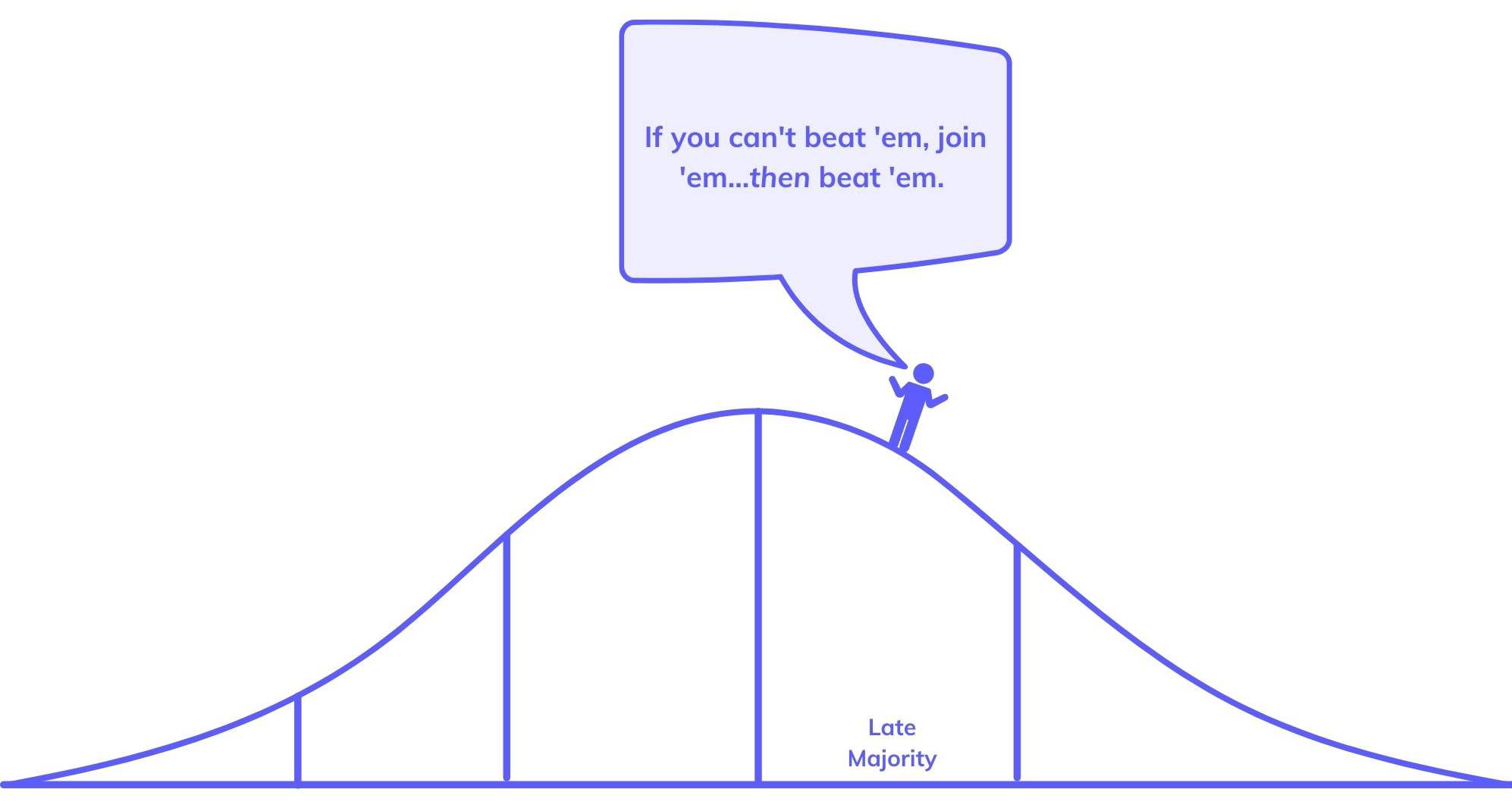
One reason late-majority adopters may eventually make the switch to your product is that they don’t want to be at a competitive disadvantage. They want to use tools that keep them on par with their competitors who were in the early majority. While you don’t necessarily have to convince this group that your product works—they’ve already seen their competitors succeed with it—you do have to help them overcome any residual skepticism they may have. A great example of this is a small business that’s been cash-only since its establishment.
Some cash-only small business owners might be wary of making the transition to accepting payments digitally. There are fees for using digital-payment platforms, and data-security concerns aren’t to be taken lightly. These business owners may reluctantly start accepting cashless payments to avoid losing business to competitors. But the digital-payment company must still work to reassure business owners of the product’s safety and value.
For the late-majority phase of the curve, your product positioning should be all about showing this group how your product helps them win. You understand their pain points. You know their competitors (aka the early majority) well. You’ve documented the success others in your audience have had with your product.
Use all of this information in your marketing strategy and pull out the charts to show the late majority what percentage of their competitors have already adopted your product. Presenting them with the hard facts will help to convince this group that they’ll be at a competitive disadvantage if they don’t adopt.
To further improve product positioning to this group, make sure you discuss how adopting your product has an immediate positive impact. Your messaging should also focus on how moving from their current solution to your product will be a seamless transition.
Leaders of the “better late than never” crowd, laggards are the last users to adopt your product. They’re without a doubt the resident skeptics of the production adoption curve. They finally come around once all of the buzz about your product has quieted down.
Surprisingly, laggards aren’t the smallest adopter group—this group is about the same size as the innovators and early adopters combined.
The laggards are very resistant to change, risk-averse, and not easily persuaded. The primary reason users in this group eventually adopt your product is that not doing so would make things difficult for them.
A product’s popularity does little to convince laggards to adopt it. It often takes disruptive industry shifts for this group to finally join the rest of the mainstream and adopt something new.
Before the pandemic forced almost everyone indoors in 2020, teams could have regular in-person meetings as often as desired. Some companies kept things old-school and didn’t believe allowing employees to work from home was a viable option. Once shelter-in-place orders were instituted, many businesses had to transition their teams to remote work and couldn’t function effectively without tools like Zoom.

Product positioning for this group is all about addressing any skepticism these adopters have about switching over to your product. The best way to dispel any doubts is to just show laggards what you’re working with. Invest some time in hosting informational webinars, during which they can ask direct questions about your product. Also offer to conduct live one-on-one or small group product demonstrations, so they can see your product in action, and you can address any concerns in real time.
Don’t undermine the fears or concerns of adopters who’ll fall into the laggard phase. Just because laggards are tardy to the party doesn’t mean they aren’t a valuable segment of your user base.
Once you have users in all five stages, it's probably time to think of new ways to innovate to meet changing demands.
As you go back to the drawing board and work on the latest iteration of your product, bring some user feedback from all of the adopter groups to the table. Analyzing user engagement with your current product can serve as inspiration for new features that’ll drive your product development and support product-led growth.